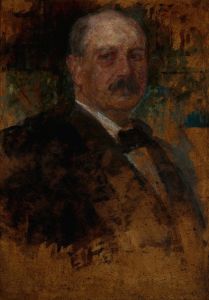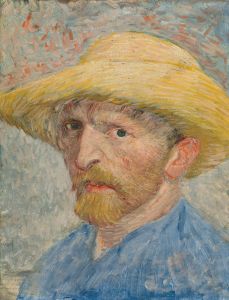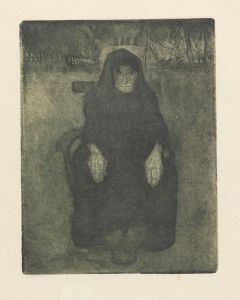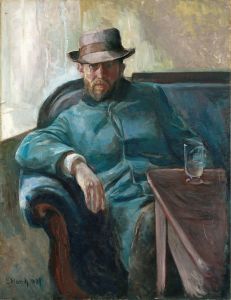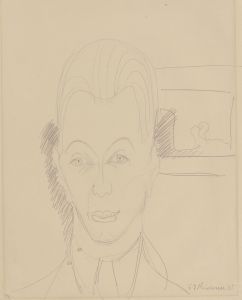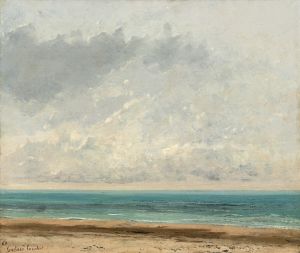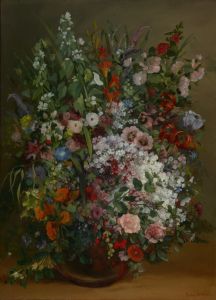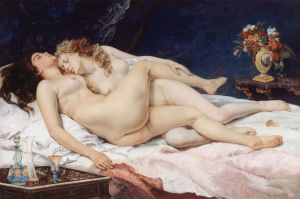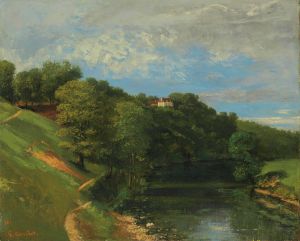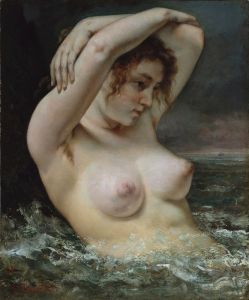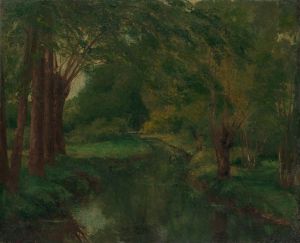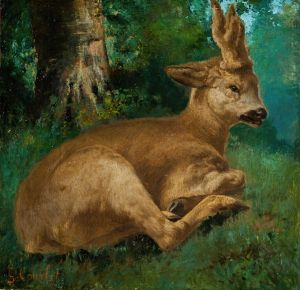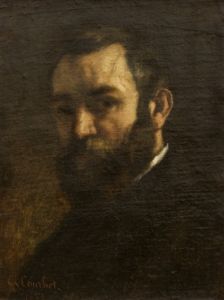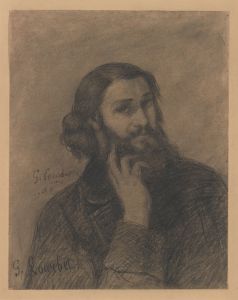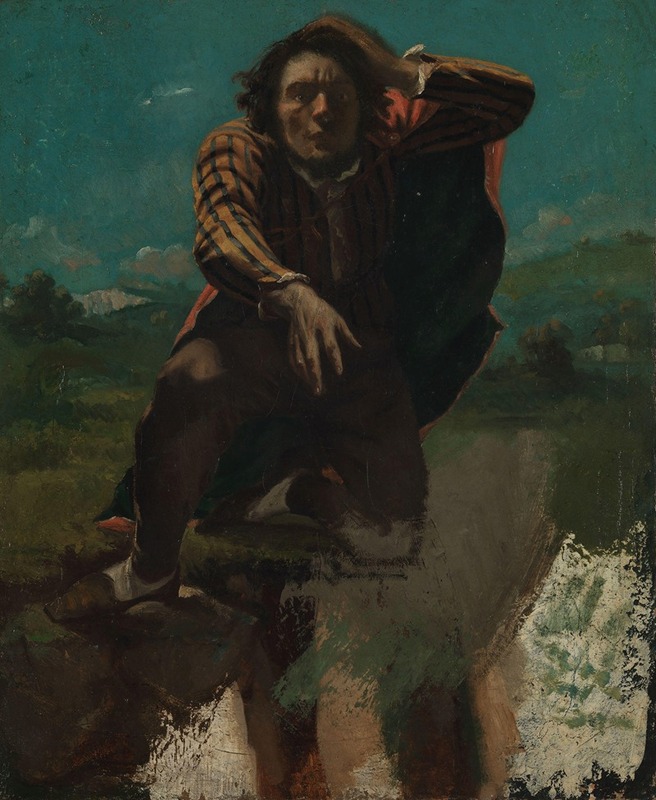
Self-portrait
A hand-painted replica of Gustave Courbet’s masterpiece Self-portrait, meticulously crafted by professional artists to capture the true essence of the original. Each piece is created with museum-quality canvas and rare mineral pigments, carefully painted by experienced artists with delicate brushstrokes and rich, layered colors to perfectly recreate the texture of the original artwork. Unlike machine-printed reproductions, this hand-painted version brings the painting to life, infused with the artist’s emotions and skill in every stroke. Whether for personal collection or home decoration, it instantly elevates the artistic atmosphere of any space.
Gustave Courbet's self-portraits are a significant aspect of his oeuvre, reflecting his evolving artistic style and personal philosophy. Among these, "Self-Portrait" by Gustave Courbet is a notable work that exemplifies his commitment to realism and his interest in exploring the human condition through art. Courbet, a leading figure in the 19th-century Realist movement, sought to depict subjects truthfully, without idealization, focusing on everyday life and ordinary people.
Courbet was born in 1819 in Ornans, France, and he became a pivotal figure in the transition from Romanticism to Realism in French painting. His self-portraits serve as a window into his artistic journey and personal introspection. Throughout his career, Courbet painted numerous self-portraits, each revealing different aspects of his personality and artistic concerns.
One of Courbet's early self-portraits, "Self-Portrait with a Black Dog" (1842), is a reflection of his youthful ambition and burgeoning talent. In this work, Courbet presents himself as a confident young artist, accompanied by a black dog, which symbolizes fidelity and companionship. The painting is characterized by its detailed rendering and the artist's direct gaze, inviting viewers to engage with his persona.
As Courbet's career progressed, his self-portraits began to reflect his growing commitment to realism and his rejection of the academic conventions of the time. He sought to portray himself with honesty and authenticity, often emphasizing his rugged features and unidealized appearance. This approach was in line with his broader artistic philosophy, which aimed to depict the world as it is, rather than as it should be.
Courbet's self-portraits also reveal his engagement with the social and political issues of his time. He was an outspoken critic of the establishment and used his art to challenge societal norms and conventions. This rebellious spirit is evident in works such as "The Desperate Man" (1844-1845), where Courbet captures himself in a moment of intense emotion, his eyes wide with urgency and his hands clutching his head. This painting is often interpreted as a reflection of Courbet's inner turmoil and his defiance against the constraints imposed by society and the art world.
Throughout his life, Courbet remained committed to his realist ideals, even as he faced criticism and controversy. His self-portraits are a testament to his unwavering dedication to portraying the truth of human experience, both in his own life and in the lives of others. By presenting himself candidly and without embellishment, Courbet challenged viewers to confront the realities of existence and to question the conventions of art and society.
In summary, Gustave Courbet's self-portraits are a vital component of his artistic legacy, offering insight into his personal and professional evolution. Through these works, Courbet not only documented his own image but also contributed to the broader discourse on realism and the role of the artist in society. His self-portraits remain an enduring testament to his innovative spirit and his commitment to authenticity in art.





